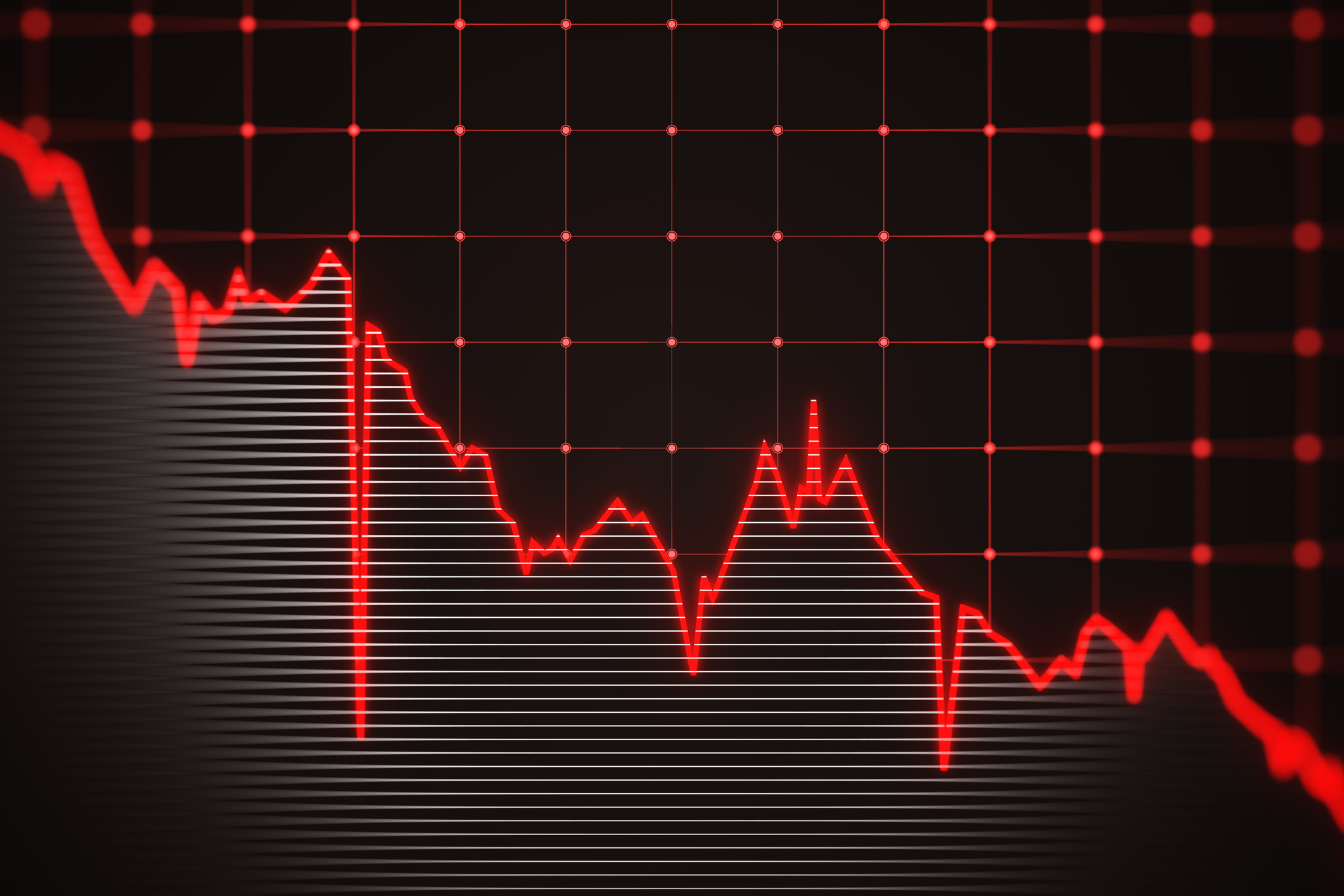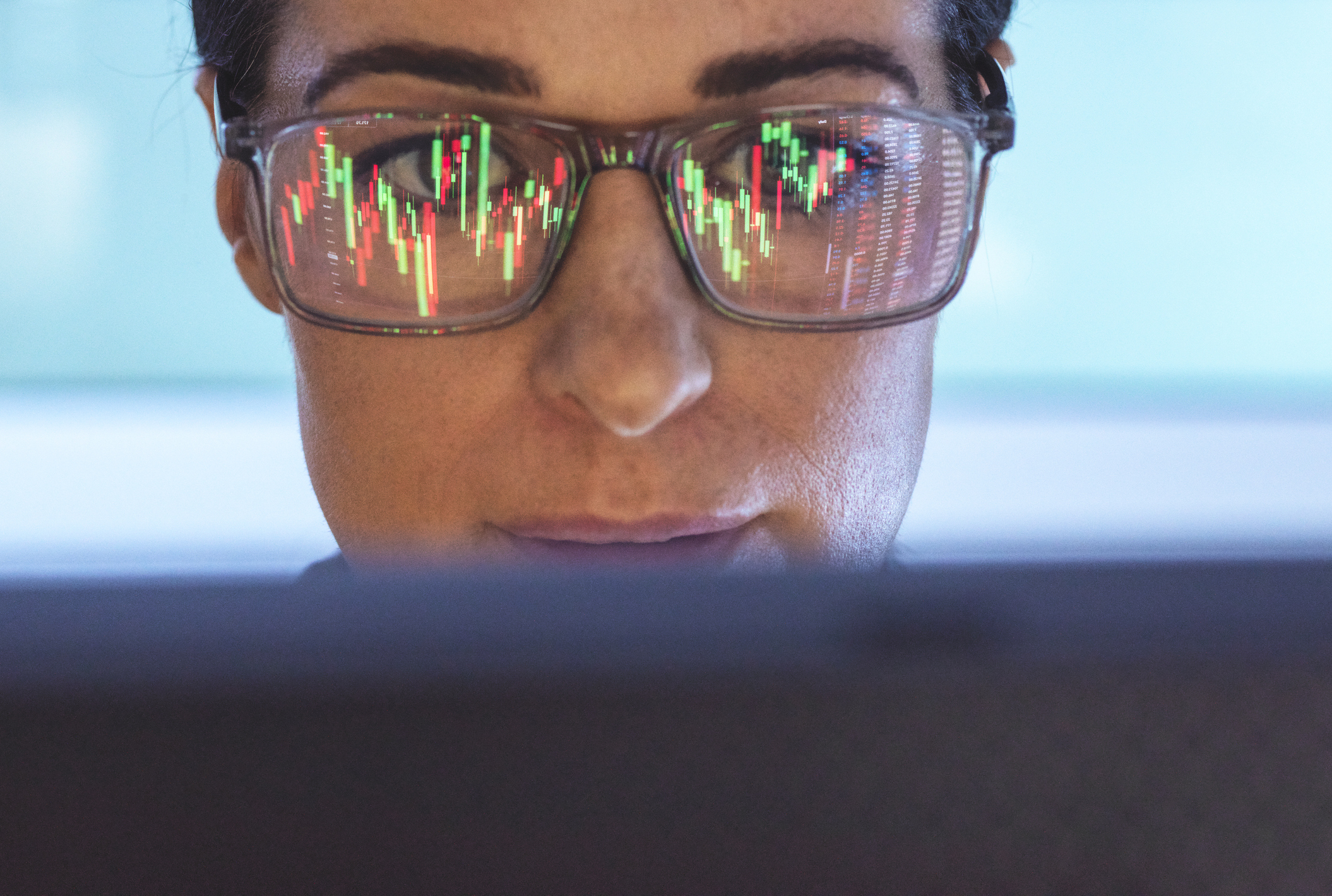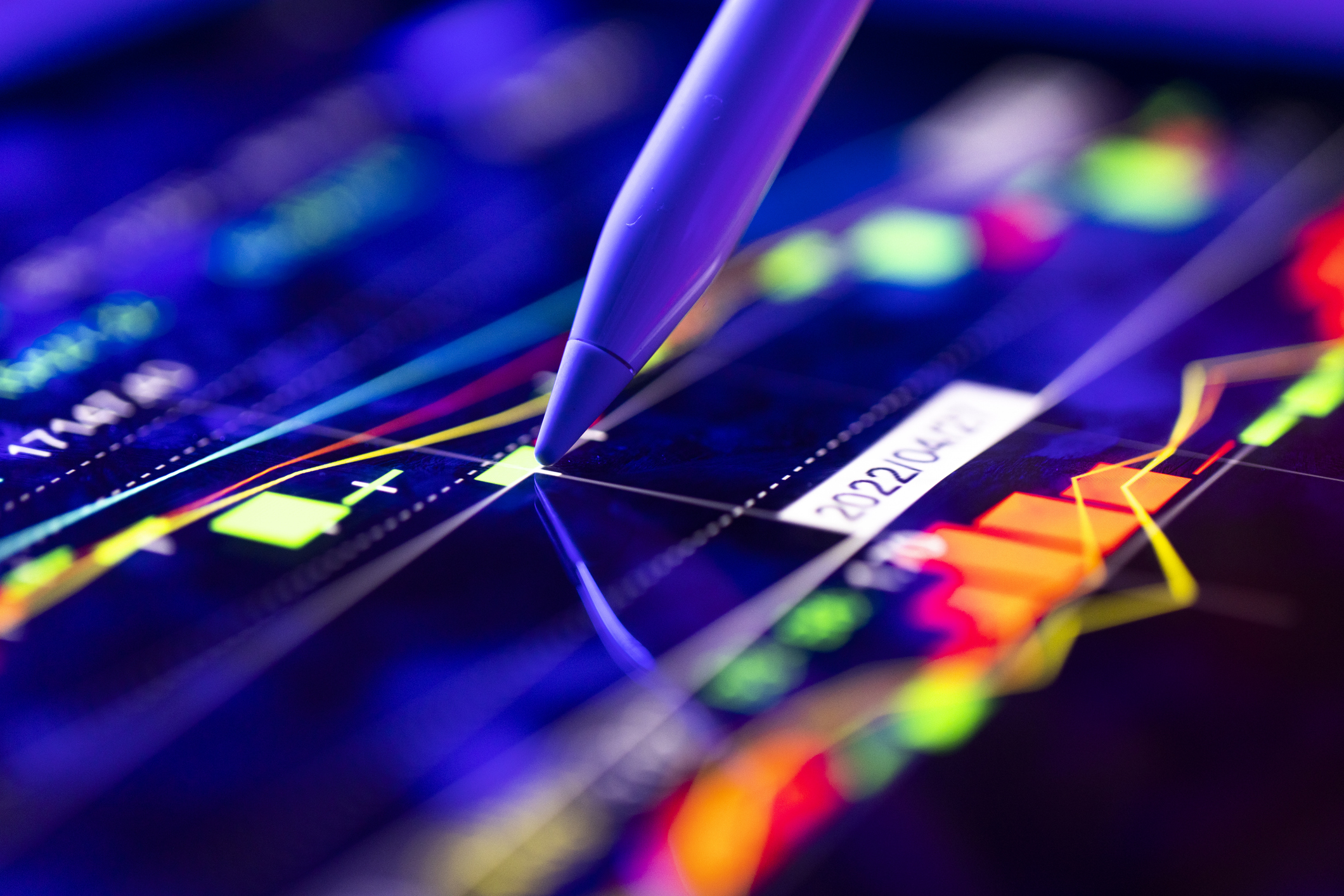Stock Market Today: Inflation Is Still a Thing
Investors, traders and speculators confront an increasingly complex landscape featuring new and familiar challenges.



The Dow Jones Industrial Average – which was originally designed to reflect the day-to-day health of the U.S. economy, not necessarily the stock market – bounced above and below the breakeven line multiple times on Tuesday before rallying in the afternoon to a positive close. It was not so for the S&P 500 Index and the Nasdaq Composite.
Incoming data, including inflation expectations as well as hiring indicators, show enough acceleration and deceleration that some market participants are starting to raise the specter of "stagflation" and new variants such as "slogflation."
Investors confront new and refreshed policy challenges on what seems like a daily basis, though fundamentals and future outlook may be playing as prominent a role in recent price action as politics.

Sign up for Kiplinger’s Free E-Newsletters
Profit and prosper with the best of expert advice on investing, taxes, retirement, personal finance and more - straight to your e-mail.
Profit and prosper with the best of expert advice - straight to your e-mail.
The S&P 500 and particularly the Nasdaq – burdened by heavier tech weightings and corresponding ties to broader growth trends – enjoyed short-term intraday bounces but still ended lower ahead of Nvidia Day.
At the closing bell, the Dow was up 0.4% to 43,621. The S&P 500 was off 0.5% to 5,955, and the Nasdaq shed 1.4% to 19,026.
"Stagflation" or "slogflation"
"US Consumer Confidence Dropped Sharply in February" read the ominous headline from The Conference Board at 10 am Eastern Time on Tuesday morning, with even more worrying data on inflation expectations inside the report.
The Conference Board said consumer confidence decreased by 7.0 points to 98.3 in February from an upwardly revised 105.3 in January, well below a consensus forecast of 102.5. Views on the present situation declined by 3.4 points to 136.5, and the expectations component slid 9.3 points to 72.9.
And average one-year-ahead inflation expectations increased to 6.0%, up 0.8 percentage points and consistent with the uptick reflected in February data from the University of Michigan consumer sentiment survey.
As Ritholtz Wealth Management CEO Josh Brown notes in a conversation with RWM Chief Market Strategist Callie Cox, "We're starting to see a situation where the economic data is slowing faster than inflation," which is also commonly referred to as "stagflation." And, according to Brown, "People are now saying 'slogflation'."
Cox is concerned, "but it's like a 'nervous' concerned. It's not like a 'doom-cycle' concerned." Inflation, as Cox explains, is just below or around 3%, "which is not the 9% we saw in 2022 if you're worried about inflation crisis No. 2." But it remains above the Federal Reserve's 2% target – which is also a level that represented "normal for us for a decade" in the 2010s.
"The threat around inflation, it feels so much greater because we just came out of an inflation crisis and because we have a lot of policy talk about tariffs and tax cuts that could ultimately raise inflation," says Cox. That "recency bias" could be what's showing up in survey data. "There is a worry about inflation," Cox notes, "and it can be self-fulfilling."
We'll look forward to hearing what Federal Reserve Chair Jerome Powell has to say about inflation expectations following the next Fed meeting, which is scheduled for March 18-19.
"This is what makes this moment so interesting to me. Everybody's worried about inflation, but the weaknesses and the potential weaknesses that are bubbling up are happening in the jobs market." The Bureau of Labor Statistics will release the next jobs report for February on Friday, March 7.
The jobs market is important because consumer spending represents approximately 70% of the U.S. economy. "If people are making money, they're spending money," Cox notes. "When people start losing their incomes, you start to have problems. Right now the jobs market is OK, but there are definitely cracks."
The 10-year U.S. Treasury yield declined to a 2025 low of 4.283% intraday on Tuesday – "growth" is one of the things the 10-year yield aggregates – down from as high as 4.896% on January 13.
Is the AI trade over?
"Tomorrow is a massive day for the global markets," Wedbush analyst Daniel Ives writes, "as the Street awaits Nvidia earnings to gauge the demand trajectory of the AI Revolution." Investors, traders and speculators on and off Wall Street are wondering "if another '$2 billion beat and $2 billion raise' is in the cards for the Godfather of AI Jensen and Nvidia."
Nvidia (NVDA) was down 2.8% on Tuesday, making it the worst-performing stock in the Dow a day after it suffered a 3%-plus decline.
Other names associated with the AI trade – including chipmaker Super Micro Computer (SMCI, -11.8%) and data center power provider Vistra (VST, -3.4%) – slid sharply as well, as the Nasdaq's year-to-date decline extended to 1.4%.
"The market is heavily skewed negative right now around tech sentiment with any whisper of worries/concern from DeepSeek to MSFT CapEx causing a brutal ripple impact across the tech ecosystem," Ives observes.
As Mizuho analyst Jordan Klein writes, "The tech tape and the former AI winner bucket sure feels at a major breaking point with retail, quants, passives and now maybe active managers starting to unwind positions and de-risk/de-gross into NVDA tomorrow night."
Tesla gets wrecked too
Tesla (TSLA) is often touted as an AI stock, but the EV maker's 8.4% crash on Tuesday was about something more basic: vehicle sales in Europe.
Tesla shed more than $100 billion in market capitalization after the European Automobile Manufacturers' Association said it sold 9,945 cars in Europe in January, a 45% year-over-decline. Total battery electric vehicle sales in Europe were up 37%.
Wall Street expects Tesla to report total first-quarter deliveries of 420,000 to 430,000 EVs, down from 470,000 at the beginning of the year based on data compiled by FactSet.
Related content
- Nvidia Earnings: Live Updates and Commentary
- Trump to Tariffs: How Retirees Can Manage Market Turmoil
- Earnings Calendar and Analysis for This Week
Get Kiplinger Today newsletter — free
Profit and prosper with the best of Kiplinger's advice on investing, taxes, retirement, personal finance and much more. Delivered daily. Enter your email in the box and click Sign Me Up.

David Dittman is the former managing editor and chief investment strategist of Utility Forecaster, which was named one of "10 investment newsletters to read besides Buffett's" in 2015. A graduate of the University of California, San Diego, and the Villanova University School of Law, and a former stockbroker, David has been working in financial media for more than 20 years.
-
 Should You Get Earthquake Insurance?
Should You Get Earthquake Insurance?Standard home insurance doesn’t cover earthquakes, but paying extra for earthquake insurance isn’t just for Californians.
By Rachael Green
-
 Stock Market Today: Dow Drops 699 Points After Powell Speech
Stock Market Today: Dow Drops 699 Points After Powell SpeechFed Chair Powell warned of a slowing economy and higher inflation but said the central bank isn't ready to cut rates just yet.
By Karee Venema
-
 Stock Market Today: Dow Drops 699 Points After Powell Speech
Stock Market Today: Dow Drops 699 Points After Powell SpeechFed Chair Powell warned of a slowing economy and higher inflation but said the central bank isn't ready to cut rates just yet.
By Karee Venema
-
 I Have $20,000 to Invest. What Should I Do?
I Have $20,000 to Invest. What Should I Do?We asked a financial expert to weigh in on where to invest $20,000.
By Charles Lewis Sizemore, CFA
-
 How to Protect Your Privacy While Using AI
How to Protect Your Privacy While Using AIHow to keep your information and finances safe while using AI, including ChatGPT and Perplexity.
By Bob Haegele
-
 How Much Will Car Prices Go Up With Tariffs?
How Much Will Car Prices Go Up With Tariffs?Tariffs could drive car prices up even higher, for new and used cars, as well as for American brands.
By Jim Patterson
-
 A QLAC Does So Much More Than Simply Defer Taxes
A QLAC Does So Much More Than Simply Defer TaxesHere are the multiple ways you can use a QLAC, from managing retirement risks to creating income for specific retirement needs and wants.
By Jerry Golden, Investment Adviser Representative
-
 Self-Directed Brokerage Accounts: Retirement's Hidden Gem?
Self-Directed Brokerage Accounts: Retirement's Hidden Gem?SDBAs are often overlooked, but they can offer more flexibility and growth potential inside your 401(k) when actively managed by a professional.
By Scott M. Dougan, RFC, Investment Adviser
-
 Early-Stage Startup Deals: How Does a SAFE Work?
Early-Stage Startup Deals: How Does a SAFE Work?Investing in an early-stage startup can get complicated fast, so the venture capital industry turns to other investing options. One is a SAFE.
By Murat Abdrakhmanov
-
 Stock Market Today: Stocks Struggle Amid Tariff Uncertainty
Stock Market Today: Stocks Struggle Amid Tariff UncertaintyBoeing dropped after China suspended new aircraft orders, while Bank of America and Citi climbed on earnings beats.
By Karee Venema